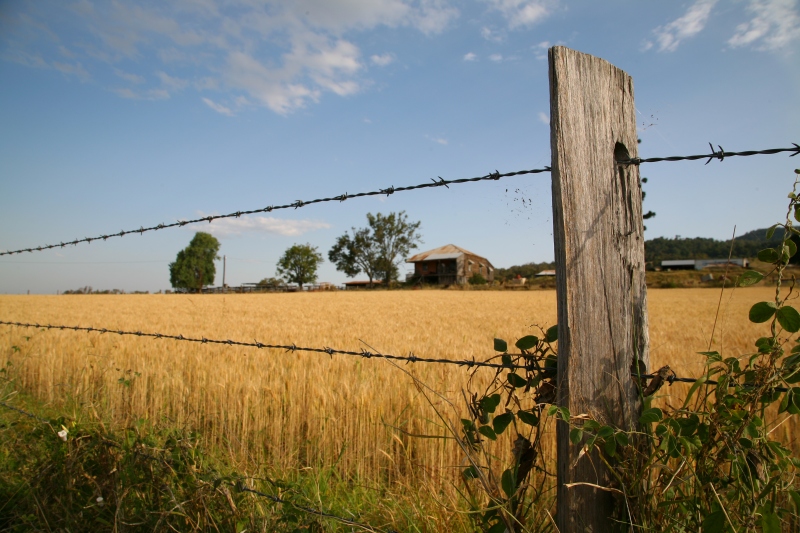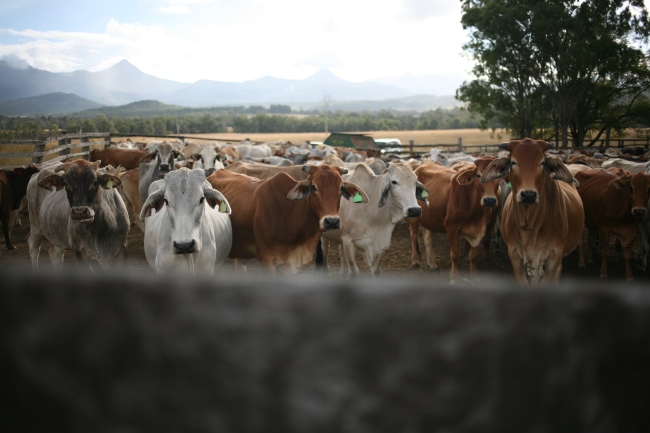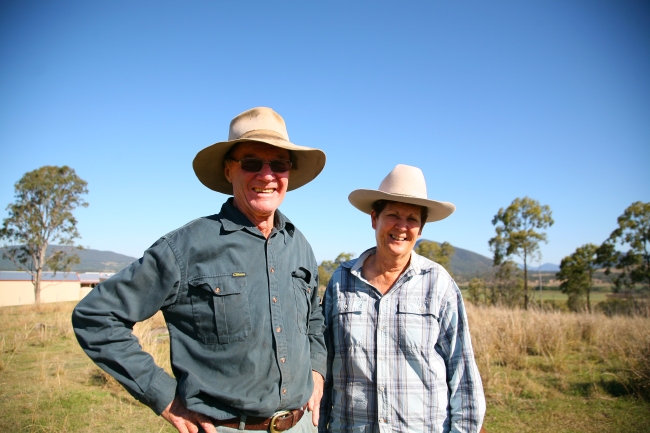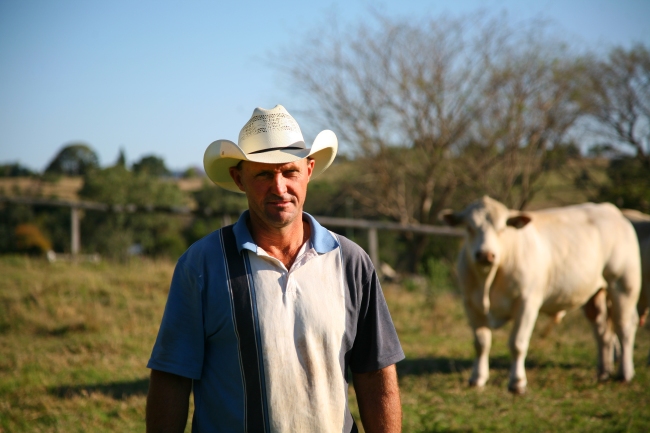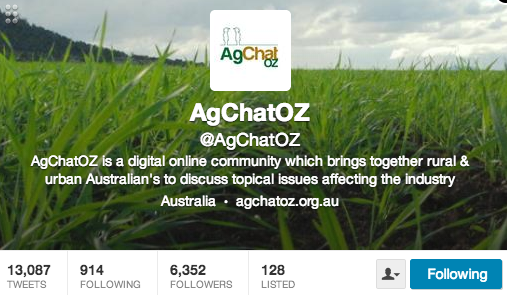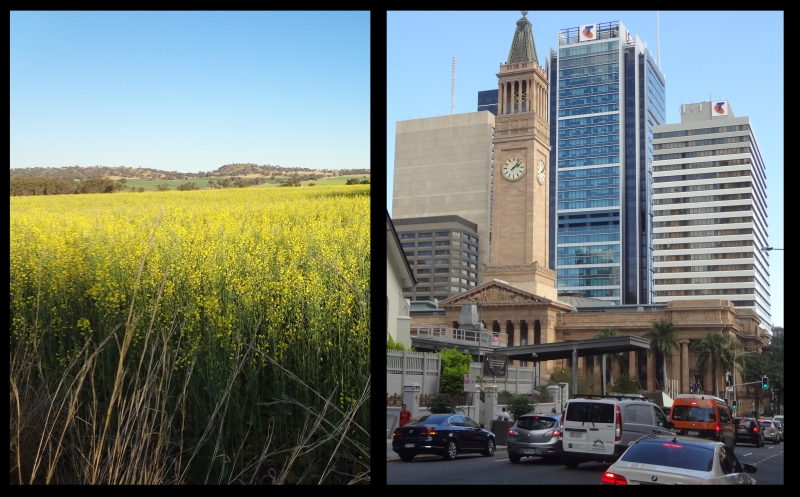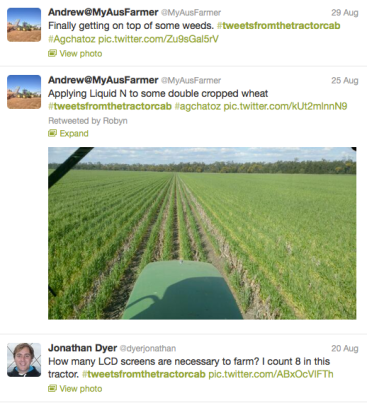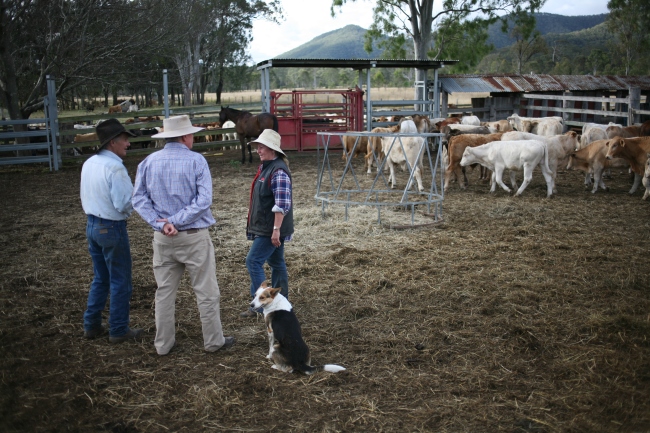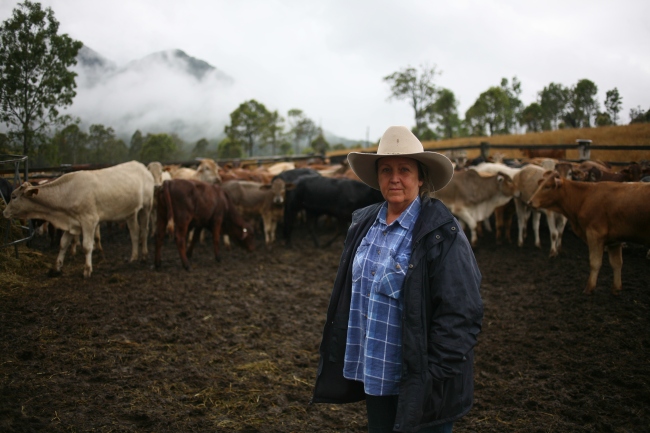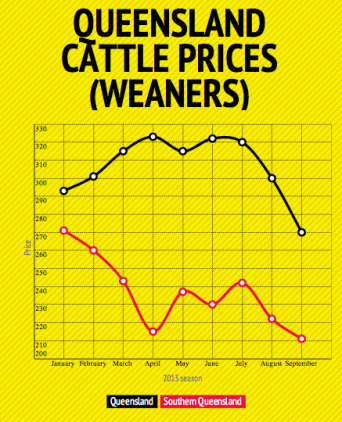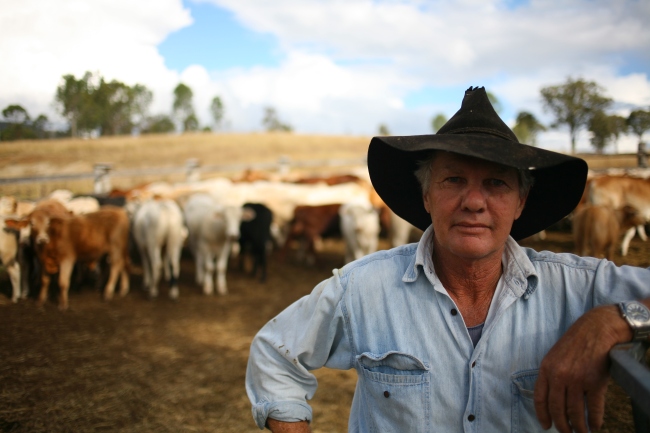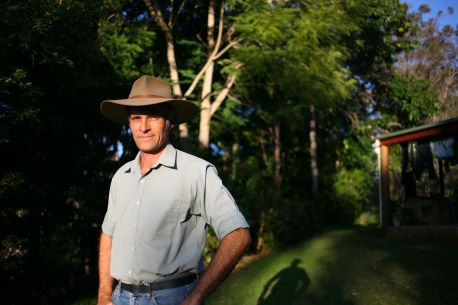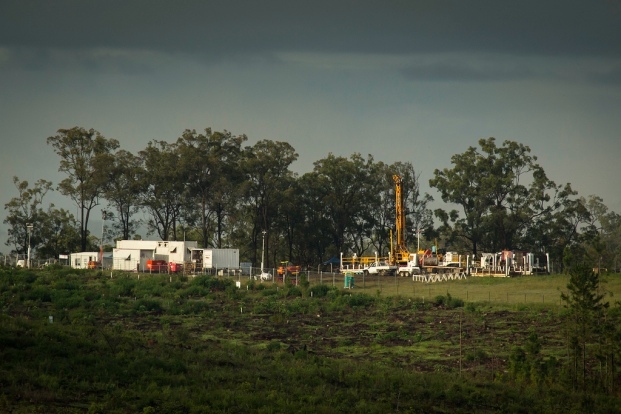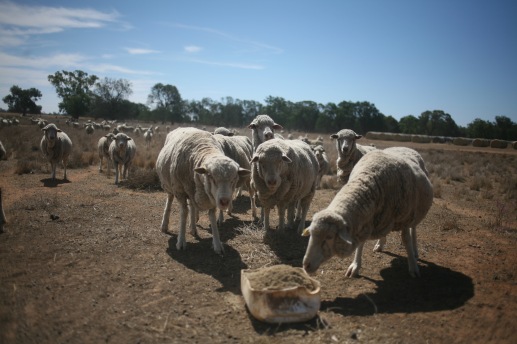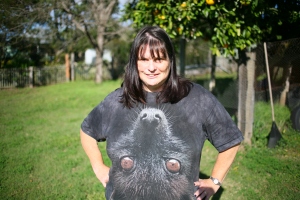by GUY CREIGHTON
THE foreign investment debate was reignited last week when Opposition trade spokesman Richard Marles accused Prime Minister Toby Abbott of hypocrisy in chasing a free trade agreement with China.
He said the agreement would be unlikely because of Mr Abbott’s pledge to also lower the $248 million threshold of the Foreign Investment Review Board (FIRB) down to $15 million, which was the “biggest hurdle to investors”.
However federal member for Wright Scott Buchholz said the two are not necessarily related.
“I take a different stance on both of those things,” he said.
“One of the things that we don’t have that would help us have an informed opinion on this matter is a national register to tell us what countries own what.”
Mr Abbott has already pledged to install a national register for all foreign owned land.
Mr Buchholz said if you went to the Northern Territory you would find that the biggest foreign investment came from the United States and the United Kingdom.
“So whilst I’m cognisant of the fact that Australia has grown on the back of foreign investment, we need to cut to the crux of the argument,” he said. “Are we saying we don’t want foreign investment? Because who is going to take up that share if we ask them to leave the country?”
Foreign investment expert, Dr Mark McGovern, said much of the debate around the issue missed the point of why foreign investment was needed in the first place.
“The biggest question in all of this, that nobody seems to be asking, is why do we want the foreign investment?” he said.
“And what we have are all these procedures and rules [in the FIRB] without really addressing what it is that foreign investment brings that we can’t do ourselves.
“Foreign investment can bring good things – but it can also bring bad things, such as distortions in the market and that sort of stuff.”
Kalfresh Co-owner and Agricultural Director Robert Hinrichsen agreed and said foreign investment would not be controversial if farming was profitable for Australians.
“The major issue is that if farming was more profitable in Australia, you wouldn’t have people trying to get out of it.”
However Mr Buchholz said this in part was why foreign investment was needed.
“If you bought a business that was losing money the first thing to do would be to stop spending; the next would be to try to increase your sales.
“If you turn your cheek and say no we don’t want foreign investment, well by consequence, the cuts that you have to make as a business owner will be far greater because they’re not being offset by additional revenues.”
Mr Buchholz, whose background lies with the Nationals, said even the country-aligned party was not against foreign investment. But it needed to be the right type of investment.
“Grain Corp is a great example. There are people saying we shouldn’t have sold it. [But] it was on the market for two- and-a-half years – any Australian could have put an offer down.
“What we’re seeing with the likes of these big takeover bids is that Australian investors did not see the value of investing in agriculture.
“But when you look beyond our shores, countries are lined up.
“For us to grow with the rest of the world … I’m yet to have anyone convince me that to walk away from foreign investment benefits us as a nation.
“I’m yet to be convinced by the arguments of protectionism.”
However, Dr McGovern, a senior lecturer with the QUT Business School, rejects the notion that any criticism of foreign investment is protectionism and says the Government needs to be wary of the dangers of foreign capital.
He said a crucial issue usually missed was that foreign investors could accrue capital at faster and cheaper rates than Australian investors, making competition unfair.
“Because Australia hasn’t been through a Global Financial Crisis type event like the rest of the world, the availability of finance is unfavourable compared to overseas countries.
“We pay higher interest rates, essentially – I mean the way the US Central Bank is putting out money there is a lot of capital that is circulating into different markets.”
Instead of simply lowering the threshold of the FIRB, Dr McGovern said the sensible course of action would be to look into the entire way the Board reviewed foreign investment.
“I think that in agricultural terms there is a case for lowering that threshold in foreign investment.
“However, even if we lower them, if you look at the residential markets where they have to be approved (no matter the cost), they are still all approved.
“So it doesn’t matter if we lower the threshold and everything still gets approved. If we don’t have a proper evaluation process it makes no difference.
“We need to get serious about working out what actually is our national interest and how we would go about achieving this.”
He added if overseas companies bought up farms there would be a potential for money gained from the farm to be repatriated to the foreign investors’ home countries – so any capital gains would be lost.
“While there may be a few benefits at face value, if the company repatriates that capital Australia’s gross income is lowered,” he said.
“And that’s happening to Australia. Australia’s national income is falling behind its domestic product and that’s the sort of situation that created Ireland’s debt troubles a few years ago.
“Sure we’re producing products in Australia. But we’re not retaining that income – it’s going to foreign investors.
“So, I would hope he [Abbott] would take the time to consider what he is doing. I think there have been a lot of knee-jerk reactions and it hasn’t been fully considered.
“Warren Truss [Nationals Leader] said that we have lost control of our agribusiness. We are now in a position where the significant decisions are made by others. So that is quite a serious issue.”
Mr Hinrichsen of Kalfresh said the moribund state of farming was allowing foreign companies to buy into the Australian market.
“If everybody was making a lot of money out of farming, they’d stay with it. But at the end of the day, we don’t live on a level playing field, in any sense of the word.”
He pointed to the significant disparity in international interest rates that Dr McGovern had highlighted and said, left unchanged, the comparatively cheap foreign capital would eventually make Australian farming unviable.
“We’re at a distinct disadvantage. Ultimately, I think foreign investment is bad because I can’t go to other places in the world and invest as easily as people can in Australia.
“The root cause of foreign investment is that there is not enough money in farming in Australia and the biggest single issue that is dictating that is the cost of capital through Australian banks.”
Nevertheless, what everyone can agree on is the need for an overhaul of the FIRB.
Mr Buchholz said the current framework of the FIRB was an ‘open slather’ approach.
“You go back into the history books for the FIRB and they don’t seem to have a lot of rejections in bids.
“I can’t remember them saying ‘no’ to anything.”
Related articles
- Labor won’t change FIRB rules: Fitzgibbon (news.smh.com.au)
- Govt defends foreign investment rules (news.theage.com.au)
